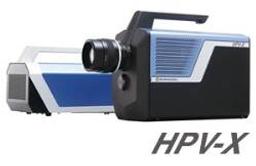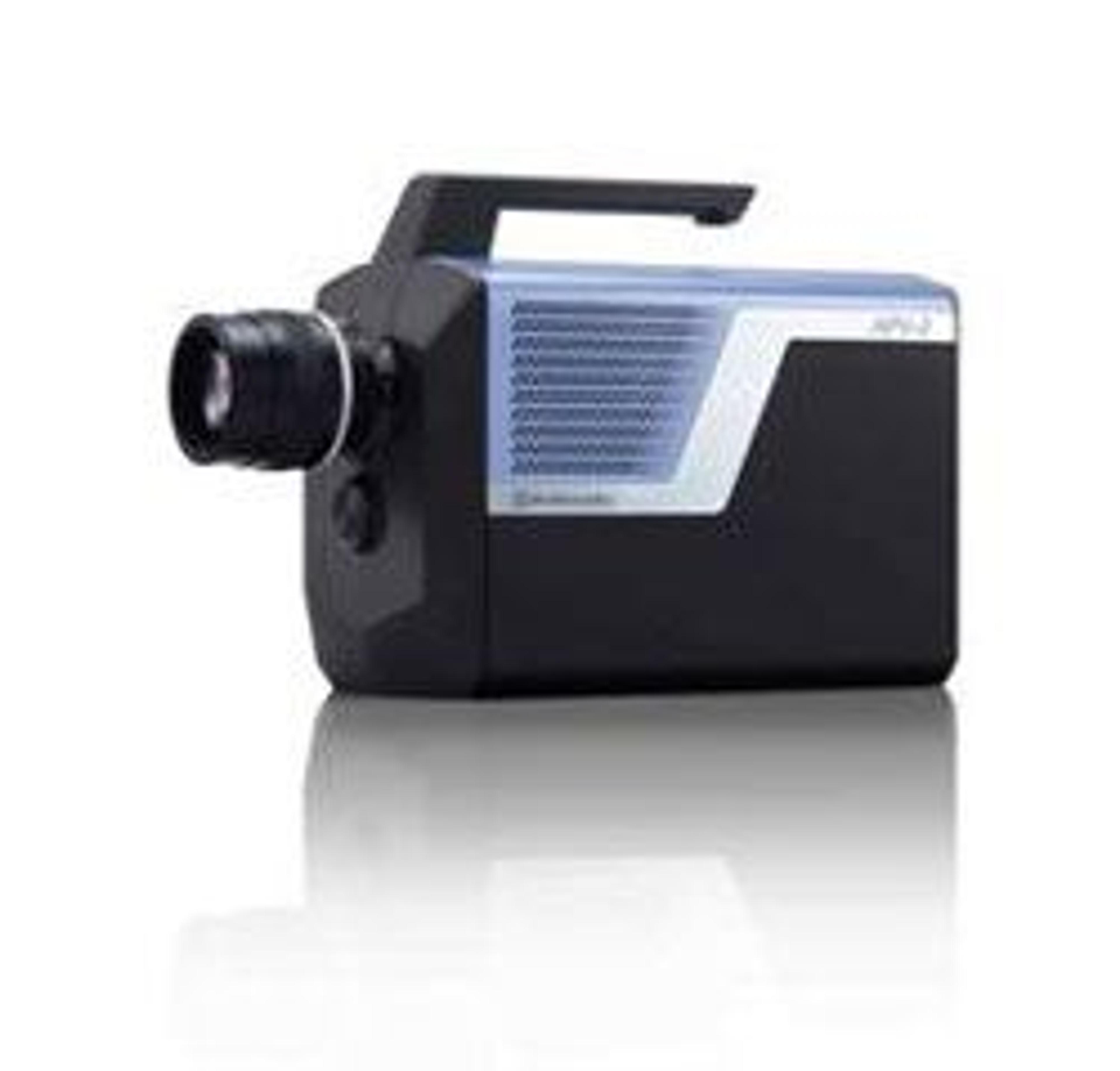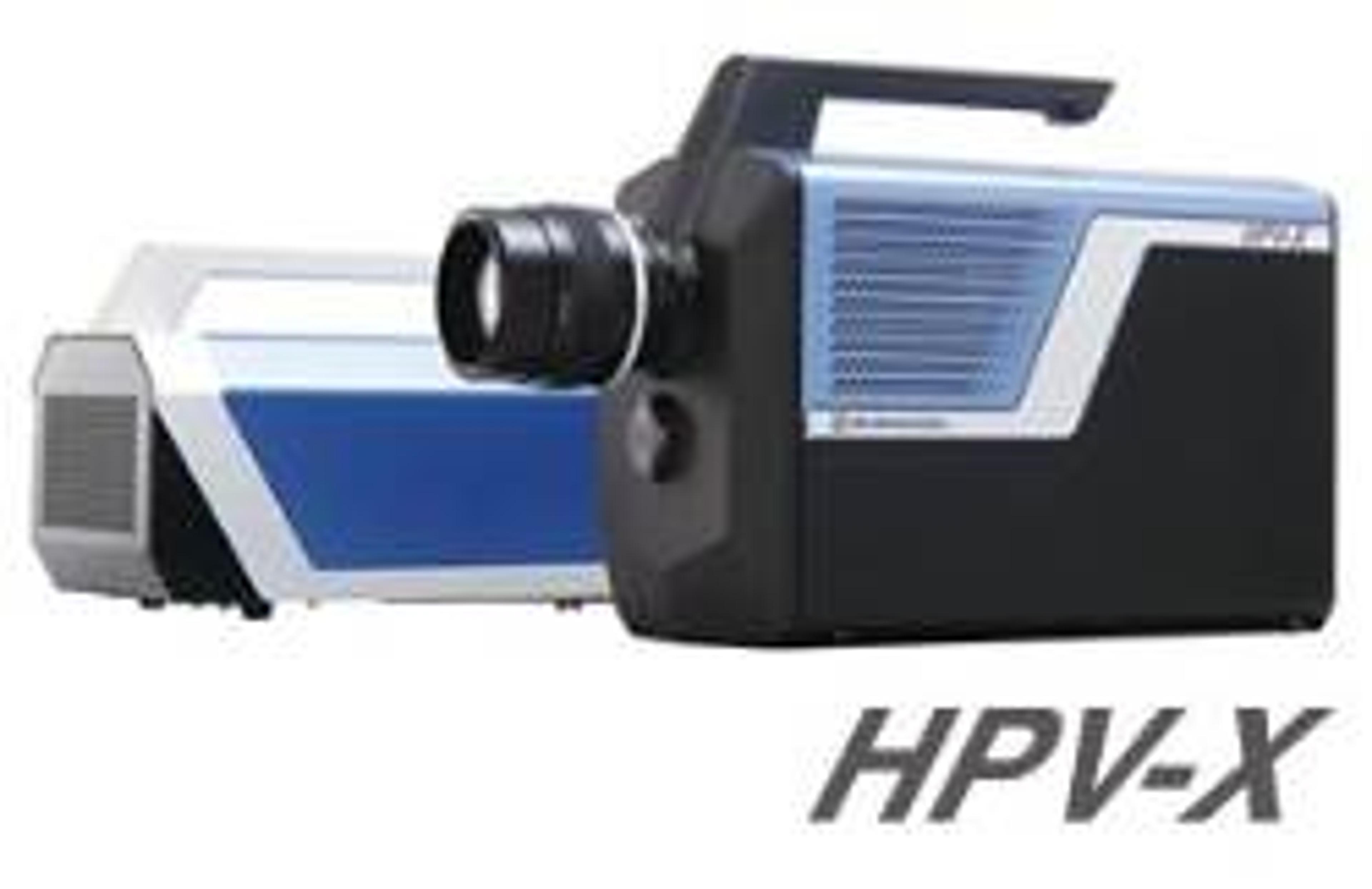HyperVision HPV-X
In a variety of scientific applications, phenomena elapse in an instant, leaving no clue to their solution. High-speed video cameras record such moments, enabling visualization through slow-motion replay. This technology is used as an important analysis tool in a variety of fields including materials failure, electric discharge, explosions, and microscopic phenomena. In recent years, such observations have progressed to ever…
In a variety of scientific applications, phenomena elapse in an instant, leaving no clue to their solution. High-speed video cameras record such moments, enabling visualization through slow-motion replay. This technology is used as an important analysis tool in a variety of fields including materials failure, electric discharge, explosions, and microscopic phenomena.
In recent years, such observations have progressed to ever higher speeds and increasing detail, leading to calls for ultra-high-speed recording far in excess of conventional recording speeds. The HPV-X High-Speed Video Camera is equipped with a newly developed proprietary high-speed CMOS image sensor, and has achieved ultra-high-speed continuous recording at 10 million frames/second, a world's first.
The HPV-X opens new doorways to high-speed recording.
Ultra-High-Speed Continuous Recording at up to 10 Million Frames per Second
The HPV-X is equipped with FTCMOS, Shimadzu's proprietary high-speed CMOS image sensor.
The world's fastest sensor, it achieves ultra-high-speed continuous recording at 10 million frames per second.
Increasing Recording Capacity
The memory capacity has been increased, boosting the number of recorded images to 256 frames (in HP mode).
Now, instantaneous phenomena are captured even during ultra-high-speed recording.
Capable of High-Resolution Recording at the Highest Speeds
With conventional high-speed video cameras, as the recording speed increases, the resolution drops. With the HPV-X, video recording can be performed at the maximum resolution of 400 × 250 pixels regardless of the recording speed, enabling detailed analysis of ultra-high-speed phenomena (in FP mode).



















